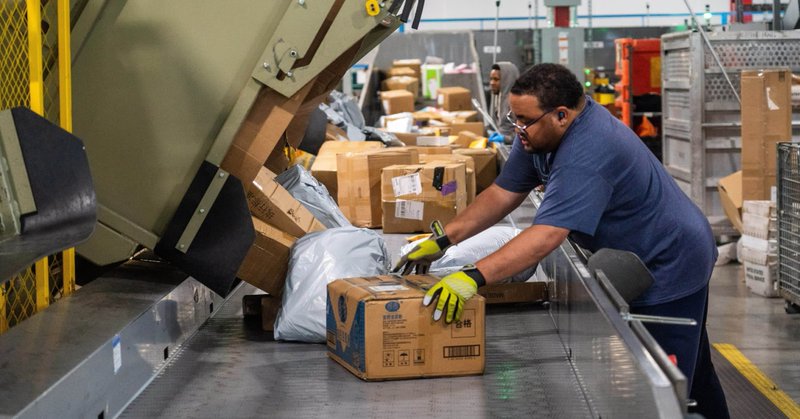
Jonas Nahm
@jonasnahm
Followers
5K
Following
4K
Media
6
Statuses
317
Associate Professor @SAISHopkins. Former White House industrial policy economist. On bsky @jonasnahm.com 🏳️🌈
DC/SF
Joined July 2014
Trump's ending the $800 duty-free exemption on Friday but customs hasn't told postal services how to actually collect the tariffs. Germany and Singapore just said forget it and stopped shipping packages to the US entirely.
ft.com
New levies on parcels worth less than $800 mark latest salvo in US president’s trade wars
0
1
7
RT @IrvingSwisher: The 10yr yield moved higher even as the 2yr yield moved lower. The dollar sold off. In English: the attacks on the Fed r….
0
289
0
15/15 The Intel equity stake raises questions about government ownership in competitive markets without a clear underlying rationale. The approach may not address the strategic challenges it appears intended to solve. For a great take on this: .
wsj.com
The Chips Act wasn’t about raising revenue, and an equity share wouldn’t enhance national security.
0
0
1
1/ The Trump admin's recent $8.9 billion equity stake in Intel raises questions about what problem this investment is meant to solve. When compared to the MP Materials and US Steel deals, it's unclear what market failure the Intel equity stake addresses. .
wsj.com
The deal caps a two-week frenzy for the troubled chip maker and marks the latest in a series of extraordinary private-sector interventions by the president.
4
7
10






